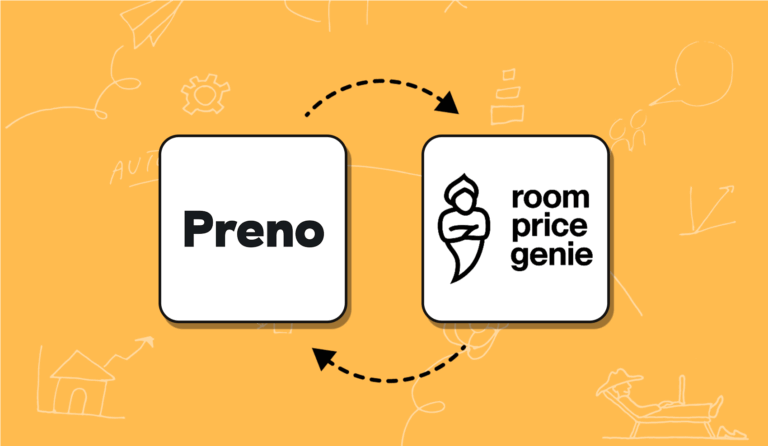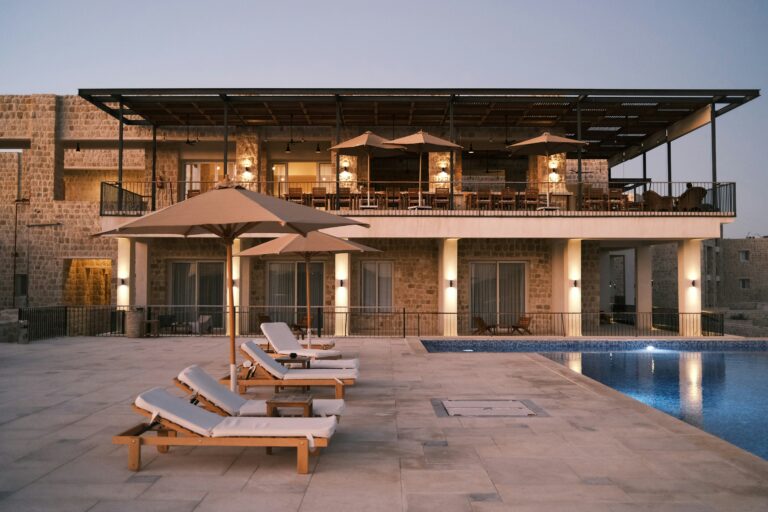In the ever-evolving landscape of Airbnb hosting, staying ahead of the curve is crucial to maximising your earning potential. One way you can achieve this is by adopting a dynamic pricing strategy. This article will take you through the concept of dynamic pricing and how it can be utilised to increase your profits as an Airbnb host.
The Concept of Dynamic Pricing
Dynamic pricing is a strategic approach that involves adjusting prices based on the level of demand for your Airbnb listing. When the demand is high, prices are increased to capitalise on the opportunity, and when the demand is low, prices are decreased to attract more guests.
This dynamic pricing strategy is widely used by experienced hosts to optimise occupancy rates and enhance profitability throughout the year. By implementing dynamic pricing, you can ensure that your listing remains competitive and profitable in all market conditions, guaranteeing a steady stream of bookings and maximising your overall revenue.
Researching the Market and Competitors
Before diving into the world of dynamic pricing, it’s crucial to thoroughly understand your market and competitors. Take the time to carefully analyse and compare their pricing strategies during both peak and off-peak times. This will allow you to gain valuable insights into customer expectations and uncover potential opportunities for maximising profitability. By doing so, you’ll be able to paint a clear and comprehensive picture of the price range that guests are willing to pay for similar listings in your area.
Setting Minimum and Maximum Prices
Determining your minimum and maximum prices is a critical and strategic step in implementing dynamic pricing. It involves carefully analysing what competitors charge for similar services and basing your pricing decisions on that information. By setting a minimum price, you can ensure that guests don’t book your listing at lower rates that might not be profitable for you.
On the other hand, adjusting your maximum prices based on seasonal demand allows you to optimise your revenue without scaring off potential guests with excessively high prices during peak times. This thoughtful approach to pricing helps you strike the right balance between attracting bookings and maximising your earnings.
ENJOYING WHAT YOU’RE READING? JOIN OUR NEWSLETTER EMAIL LIST
Join our newsletter list & receive helpful hotelier tips & tricks, industry trends & more!
Analysing Data and Adjusting Prices
Regular data analysis is crucial for making well-informed pricing decisions. When considering factors such as occupancy rates, customer reviews, and booking history, you can gain valuable insights that will help optimise your pricing strategy.
By utilising tools like Airbnb’s Smart Pricing or Preno, which automate rate adjustments based on supply and demand, you can ensure that your pricing remains competitive and aligned with current trends. These tools provide an added layer of convenience and efficiency, enabling you to focus on other aspects of your business while still maintaining a competitive edge in the market.
Best Dynamic Pricing Tools for Airbnb: Preno
Preno is a Property Management System (PMS) that helps Airbnb hosts optimise their pricing strategies. The software offers dynamic pricing tools which automatically adjusts your room rates according to the level of occupancy at your property. You simply need to decide on price increments that align with the percentage of inventory your hotel has on offer. From there, you can set and forget – Preno will continue to adjust the pricing in real-time for you. It can also be used to update pricing across multiple OTA listings quickly and easily.
As a Property Management System, this tool offers an intuitive user interface, detailed reporting, and time-saving automation features that make it possible to maximise occupancy while keeping rates competitive.
Benefits of Dynamic Pricing for Hotels
In the highly competitive hospitality industry, setting the right price at the right time is paramount to success. This is where dynamic pricing comes into play. Dynamic pricing is a strategy that adjusts prices in real-time based on market demand and other factors. For hotels, this approach can bring numerous benefits, from increased revenue to improved customer satisfaction. Let’s explore these benefits in more detail.
1. Revenue Maximisation
The primary benefit of dynamic pricing is its potential to maximise revenue. During periods of high demand, such as holiday seasons or special events, hotels can increase their room rates to reflect the surge in demand. Conversely, during off-peak times, they can lower prices to attract more bookings and ensure rooms don’t remain unoccupied. This flexibility in pricing can significantly boost a hotel’s bottom line over time.
2. Competitive Advantage
Dynamic pricing allows hotels to stay competitive in the market. By adjusting prices according to fluctuations in demand and competition, hotels can ensure they are always offering attractive rates. This can help them stand out from competitors and attract more customers.
3. Customer Segmentation
With dynamic pricing, hotels can effectively segment their customers based on their willingness to pay. For instance, some guests may be willing to pay higher prices for last-minute bookings, while others may be more price-sensitive and book well in advance to get lower rates. By offering different prices at different times, hotels can cater to a wider range of customer preferences.
4. Utilising Data
Dynamic pricing relies heavily on data analysis. Hotels can use data on past booking patterns, customer behaviour, and market trends to make informed pricing decisions. This not only helps optimise pricing strategies but also provides valuable insights into how to improve overall hotel operations.
5. Enhanced Customer Satisfaction
Believe it or not, dynamic pricing can actually improve customer satisfaction. By offering competitive prices, hotels can provide guests with a sense of value for their money. Additionally, lower prices during off-peak times can attract budget-conscious travellers, while higher prices during peak times can create a perception of exclusivity and luxury.
6. Operational Efficiency
By automating pricing decisions based on real-time data, dynamic pricing can also improve operational efficiency. It eliminates the need for manual price adjustments and reduces the risk of human error. Plus, with technologies like AI and machine learning, dynamic pricing can become even more accurate and efficient over time.
7. Mitigating Risk from Seasonality Fluctuations
Dynamic pricing can help hotels mitigate the risk of seasonality and demand fluctuations. By adjusting prices in real-time to reflect changing market conditions, hotels can ensure they don’t end up with empty rooms during peak seasons or charge too much for bookings during low demand periods. This helps them maintain a healthy occupancy rate throughout the year.
In conclusion, dynamic pricing presents a significant opportunity for hotels to maximise their revenue, stay competitive, and enhance customer satisfaction. By leveraging data and adjusting prices in real time, hotels can ensure they are always offering the right price at the right time. Embracing dynamic pricing could be the key to your hotel’s success in today’s fast-paced and ever-changing hospitality landscape.
Transform Your Guest Experience With Preno
With Preno, seamless management is just a click away. Embrace the future of hospitality with our free trial, no strings attached.
If you liked this post, continue learning about Dynamic Pricing:





